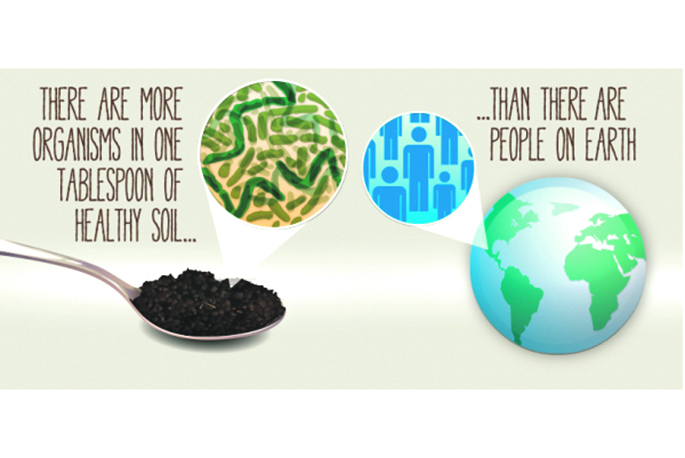I was recently invited to attend the Wai-Bop Soils Conference at Waikato University. It was an opportunity to check on the tone and scope of soil science research in 2017. I also got to see award presentations, and the chance to hear from some of the enthusiastic Waikato University PhD scholars, whose focus is on different ways to reduce or measure nitrous oxide emissions. They soil tested from the sky, using amazing special cameras that produce figures at one metre square intervals, which looked ideal for hill country, and went below ground with dung beetles to see if they improved water quality. Detainment bunds as an attempt to stop phosphorus from flowing into water bodies, and what magic can go on in soils to attenuate nitrogen before and during its groundwater travels were also investigated. Massive carbon loss Our sad soil carbon losses are getting the isotope measuring treatment. The massive losses of carbon and large flows of greenhouse gases from our sinking peat bogs have yet to find their own miracle cures, and whether feeding masses of supplements instead of just pasture is helping to sequester more carbon apparently relates to how much dung is deposited on the soil.z Land use suitability, a topic raised by the recent National Science Challenge on Land and Water, is gaining traction, motivated both by our current environmental degradation and the advent of new technology since the original work on land use capability was done in 1969, (although reviewed up to 1998). But there is still an overall acceptance of the apparent necessity of urea to grow pasture, and soil science seems fixated on mitigation measures and technology, rather than a focus on how nature manages things, and economics are still ahead of environment in the race to the future. Useful nitrate The day ended with the presentation of the Normal Taylor Lecture by Prof Tim Clough of Lincoln. This covered the wide range of research being carried out both here and overseas on the processes of turning ammonia into useful nitrate (nitrification), and the opposite processes which occur which don’t provide soil and plant energy and in the process produce the long-lived greenhouse gas nitrous oxide (denitrification). I shall write more on this when I am clearer on what and why each occurs. One has to say that there’s plenty of work being done, but so far man and technology have managed to produce more product, but the cost has been high and is still growing.



0 Comments
Leave a Comment